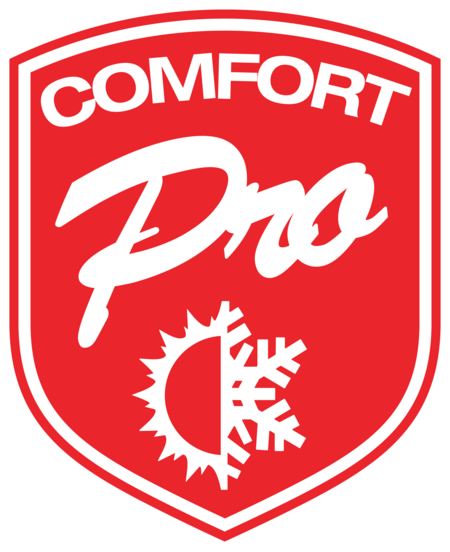What does it mean? And should you be concerned?
 1. Too much humidty
1. Too much humidty
2. Old windows
3. Insufficient air circulation
Before you get too far, it’s best to get a humidistat and check what the humidity level is in your home to properly diagnose the problem. You can also give Comfort Pro a call and our Home Solutions Advisor can help.
What is the proper humidity level and how much moisture on your windows is too much?
Ideally between 40% to 60% RH (relative humidity) depending on the outside conditions, windows and insulation levels in your home. The colder it gets outside the lower the humidity level needs to be to prevent window condensation. In our cold climate we typically see 40% to 45% work well for most homes. If a small moisture line appears for a day or two during extremely cold temperatures I personally wouldn’t get concerned over it.
With older homes there is enough air leakage to allow the home to breath and typically naturally dehumidify. This does come at a cost of higher energy bills. Newer homes or recently renovated homes don’t have the same natural air infiltration but they use less energy because the are better sealed. The concern is that this moist air can seep into wall cavities, condensing there as it did on your windows, causing moulds and fungus’.
How do I solve this problem?
When dealing with indoor air quality problems the best remedy is to eliminate the source of the problem.
So where does the moisture come from?
⁃ Every day activities from cooking, showering to drying clothes.
⁃ Unfinished basements with dirt floors, stone foundations, etc.
⁃ Open sump pits
⁃ Leaks from the roof or water/drain pipes.
⁃ Fish tanks
⁃ Plants
⁃ Improperly set humidifiers.
⁃ HRV’s that aren’t properly balanced.
If eliminating the source isn’t possible then the next solution is ventilation.
Opening a window is the easiest solution for ventilation and the cold air coming into the home will also a low relative humidity when its heated. And that’s the disadvantage, all that cold air coming into your home has to be heated and there’s a cost to that.
Looking for a better solution?
Exhaust fans should be installed and vented properly in washrooms used for showering or bathing as well as kitchens. Fans can be used with a switch, timer or a humidistat for automatic operation.
Important Note: If you have appliances vented into a chimney it is very important to make sure the exhaust fans will not create a dangerous negative pressure in the home causing spillage of flue gases.
What’s the best solution?
Installing a heat recovery ventilator (HRV) will give you the best results. An HRV system brings fresh air into your home and exhausts stale air. During this process it dehumidifies the air and recovers heat (up to 85% efficient) that you’d normally lose through open windows and out of exhaust fans.
HRVs are so effective and energy efficient that they’re now required by code for new houses in most jurisdictions. This is in my opinion the only option when you have an appliance that is vented into a chimney.
Install better insulated windows if you checked the humidity level and it falls into specifications. Talking to a window specialist will help you make an educated decision.
Lastly,
If humidity is a problem in both summer and winter and whole home dehumidification might be the right option. Our Home Solutions Advisor can help you choose the best option.
